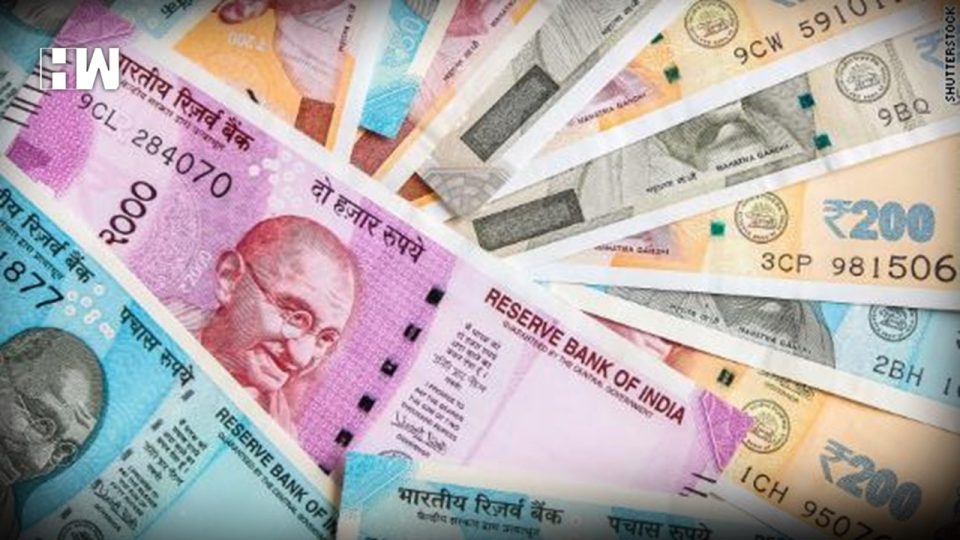The latest data released by the Reserve Bank of India reiterates what has been proven time and again – Indians love cash money. No matter how many new laws the government comes up with, or however many new amendments it makes to acts such as the Income Tax Act, Benami Properties Act etc. or no matter how many reforms it implements to stem the flow of black money into the system; we Indians always find a way to bring back our favourite form of currency – cold hard cash.
The latest data provided by the RBI shows a surge in the currency in circulation to ₹ 21.41 trillion as on 15th March 2019 (which is a new record) from ₹ 17.97 trillion on 4th November 2016, just four days before Demonetisation, which is an increase of almost 20%, firmly proving once again that India’s reliance on cash is not falling.

This growth figure of almost 20% is also roughly in line with the economy’s nominal growth rate since then and suggests that people are not yet willing to push themselves into a digital economy.
What is most interesting to note is that the increasing figures of circulation of cash in the system coincides with elections being just around the corner. Further, the fact that consumption has reduced and physical currency has increased, firmly points in the direction that a major portion of this is going towards funding election related activities via cash; which may include a massive doling out of money to poor sections of society in order to buy their loyalty. This latest data released by the RBI seems to suggest that the age old, tried and tested tactic of “cash for votes” seems to be doing the rounds yet again.
After the central government abruptly demonetised currency notes of ₹ 500 and ₹ 1000, thereby freezing 86% of the cash in circulation overnight on 8th November 2016, currency in circulation fell to ₹ 9 trillion in Jan 2017. However, it subsequently first crossed the pre-demonetisation levels in March 2018 when it rose to ₹ 18.29 trillion. In August of 2018, the RBI reported that 99.3% of demonetised money had returned back into the system, thereby proving the entire exercise to be a massive failure; and in the year since March 2018, the amount of cash in the economy is back with a vengeance increasing by ₹ 3 trillion.

Perhaps a method to this madness would suggest that there is a wide mistrust in digital transactions, which are seen as less secure. The internet is still a novelty for most Indians, and add to that, there are problems with connectivity, hidden fees, rampant frauds taking place etc. Ours is a country where many still need convincing to open bank accounts, let alone encouraging them towards using e-payments. These may be some of the reasons why cash finds its way into the wallets of Indians.
As an independent media platform, we do not take advertisements from governments and corporate houses. It is you, our readers, who have supported us on our journey to do honest and unbiased journalism. Please contribute, so that we can continue to do the same in future.

